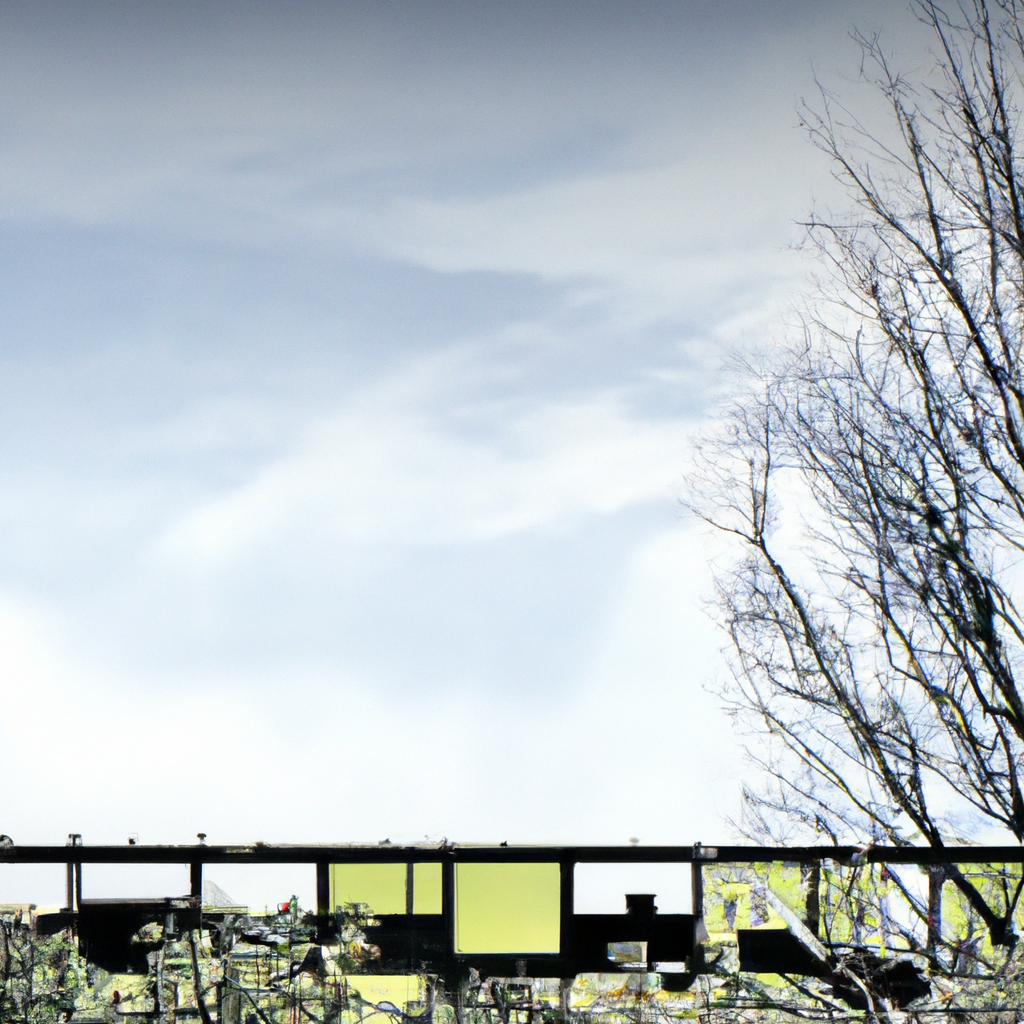Your cart is currently empty!
As cannabis cultivation continues to evolve, the science and strategies behind indoor growing have garnered significant attention. With the ability to control the growth environment meticulously, indoor growing offers cultivators the ability to maximize yield and enhance plant quality. In this article, we delve into the core elements of indoor cannabis cultivation and its impact on yield and quality.
The Advantages of Indoor Growing
Indoor cannabis cultivation provides a controlled environment where temperature, humidity, and light can be precisely managed, offering several advantages:
- Climate Control: Growers can maintain optimal growing conditions year-round, irrespective of external weather conditions, ensuring a consistent supply.
- Pest Management: Indoor growing minimizes pest intrusion, reducing the need for chemical pesticides while maintaining a clean product.
- Light Optimization: Cultivators can optimize light exposure using energy-efficient LED systems or other advanced lighting techniques to boost photosynthesis.
- Privacy and Security: Indoor setups can provide the necessary privacy and security, often required given regulatory standards.
Key Strategies for Maximizing Yield
Light Management
Lighting is a critical component in indoor cannabis cultivation. Utilizing high-quality LED lighting, growers can ensure plants receive ample light without the heat risks associated with older systems.
Temperature and Humidity Control
Maintaining the ideal temperature range (between 70-85°F for vegetative growth and 65-80°F for flowering) helps optimize growth. Humidity should be adjusted according to growth stages, ensuring that seedlings receive higher humidity levels, which decrease progressively into the flowering stage.
Nutrient Management
Indoor grows must use tailored nutrient solutions to meet the specific needs of cannabis during different growth phases. Regular testing is recommended to fine-tune balances and prevent deficiencies or excesses.
FAQs: Indoor Cannabis Growing
- How often should I water my indoor cannabis plants?
- Watering frequency depends on factors like pot size, growth stage, and environmental conditions. A general guideline is to water when the top inch of soil becomes dry.
- What is the best light schedule for indoor cannabis?
- For vegetative growth, an 18-6 light schedule (18 hours light, 6 hours darkness) is ideal. For flowering, switch to a 12-12 schedule to encourage blooming.
- What pH level should my water and nutrient solution have?
- Regularly test the pH of water and nutrient solutions. For soil grows, aim for a pH of 6.0-7.0. For hydroponics, target a slightly lower pH range of 5.5-6.5.
Conclusion
Indoor growing offers cannabis cultivators unparalleled control over their environment, leading to potentially higher yields and better-quality plants. By managing light, temperature, humidity, and nutrients with precision, growers can optimize their crops’ growth and potency. As technology and knowledge continue to advance, the potential benefits of indoor cultivation are becoming increasingly accessible, contributing significantly to the industry’s evolution.
The shift towards more sophisticated indoor growing techniques reflects the broader trend in sustainable practices and innovation within the cannabis industry.
Discover more from Magic Clones
Subscribe to get the latest posts sent to your email.


Leave a Reply